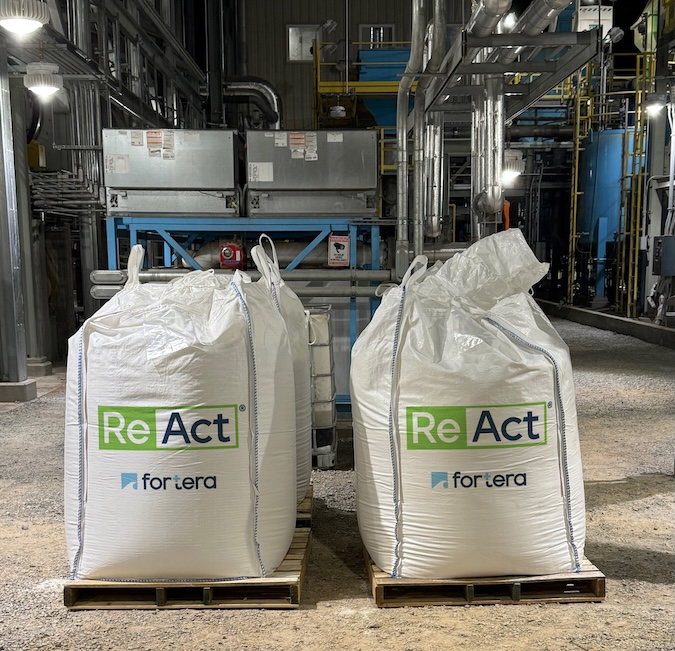After 28 months of rulemaking, court action, and meetings with industry officials, the EPA issued its Final Emissions Limits for Portland Cement Manufacturing, citing prospective mercury, hydrochloric acid, particulate matter and total hydrocarbon level reductions from 82 – 93 percent against agency thresholds leading into 2010.
The revised rule has a September 2015 compliance target for separate existing and new cement kiln standards. It will maintain important health benefits, EPA states, while reducing cement operators’ cost of compliance by $52 million compared to the estimated costs of adopting an original August 2010 rule.
“PCA welcomes the revised portland cement NESHAP final rule. It will provide the industry additional time to complete the planning, engineering, permitting, testing and construction of the various new technologies that will be necessary to implement the revised standards,” PCA noted in a late-December statement on the final rule. “[The] rule strikes the right balance in establishing compliance limits that, while still extremely challenging, are now realistic and achievable. PCA and EPA agreed that the revised standards and reset compliance period are essential to preserving jobs at domestic cement facilities, providing direct support for an American manufacturing industry that is critical to our nation’s infrastructure.
“PCA supports meeting the demand for portland cement through environmentally and socially responsible business practices, which have been implemented for decades by our member companies in their local communities. The industry has invested in technology to reduce air emissions, minimize waste production, recycle and recover inputs, enhance energy efficiency and conserve natural resources—all the while producing a reliable and affordable supply of building materials to support our economy.”
PCA and EPA observations, coupled with the new rule’s sharply lower emissions benchmarks, proved insufficient for the Sierra Club-aligned Earthjustice law firm and activist groups from six states, which responded to the agency’s announcement with a litany of grievances under the heading, “Christmas Comes Early for Cement Industry.”



